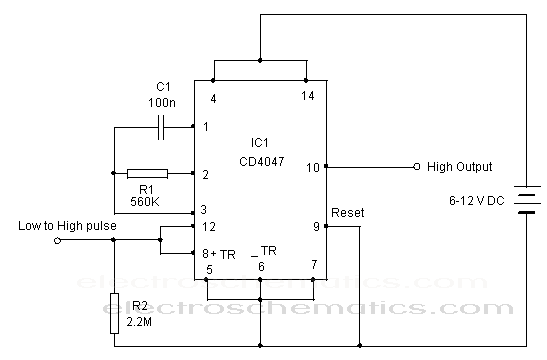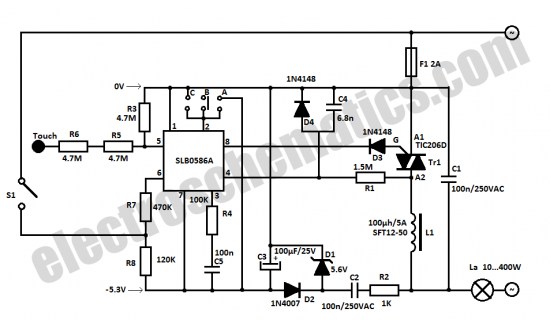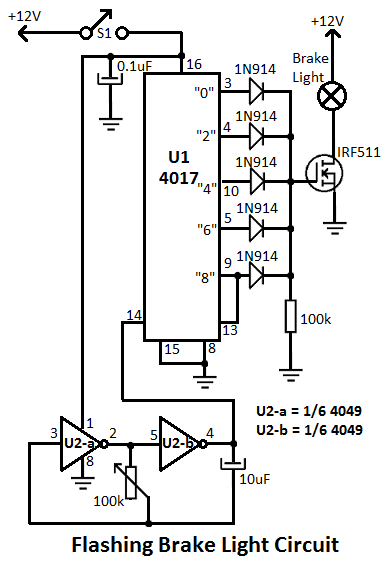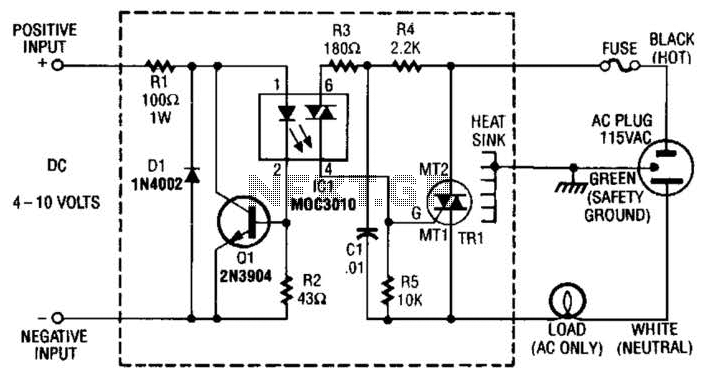
Arduino Stepper Unipolar Circuit
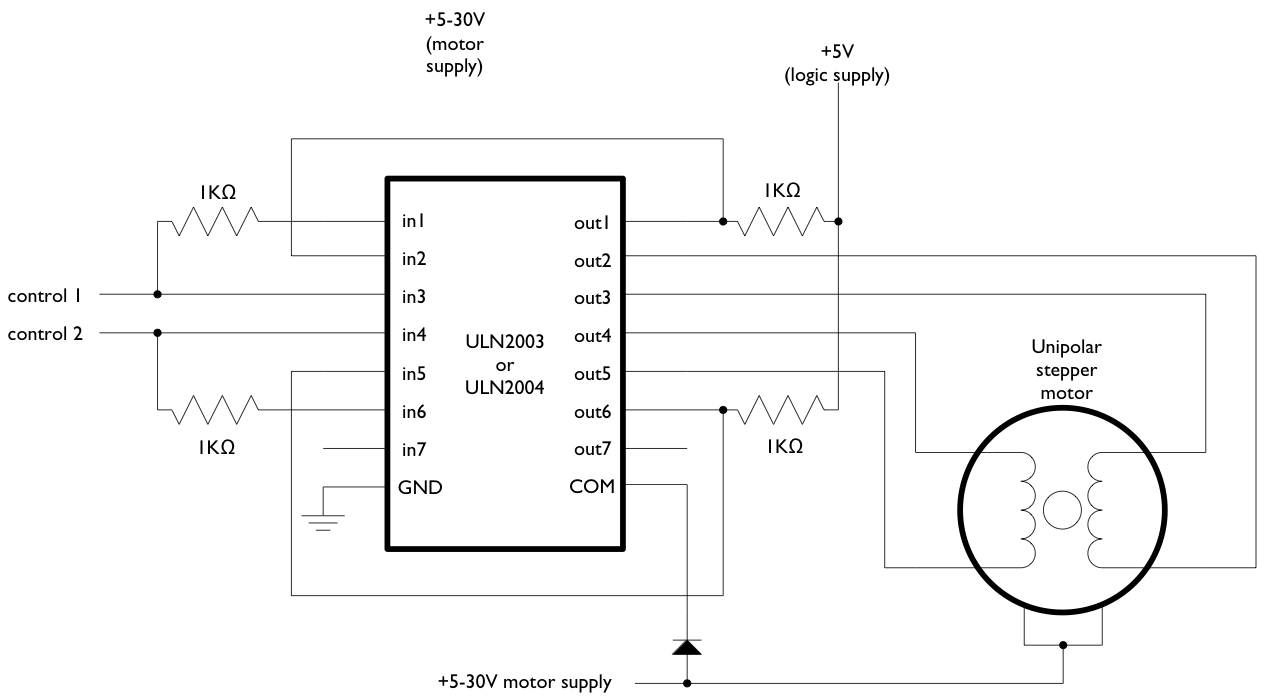
The text of the Arduino reference is licensed under a Creative Commons Attribution-ShareAlike 3.0 License. Code samples in the reference are released into the public domain.
The Arduino platform is an open-source electronics prototyping environment that enables users to create interactive projects. The reference material provided by Arduino outlines the functionalities of the Arduino programming language, libraries, and the various hardware components that can be interfaced with the Arduino boards.
The Creative Commons Attribution-ShareAlike 3.0 License allows users to share and adapt the material, provided appropriate credit is given and any modifications are shared under the same license. This fosters a community-driven approach to learning and innovation in electronics, allowing engineers, hobbyists, and educators to utilize and contribute to the Arduino ecosystem freely.
The code samples included in the reference are in the public domain, meaning they can be freely used, modified, and distributed without restrictions. This aspect encourages experimentation and collaboration among users, facilitating the development of a wide range of applications, from simple LED blinking projects to complex robotics and IoT systems.
The Arduino reference serves as an essential resource for understanding the syntax and structure of the programming language, as well as the available libraries that simplify the process of interfacing with various sensors, actuators, and communication protocols. It provides a solid foundation for both beginners and experienced developers to build upon, ensuring that the knowledge and tools necessary for creating innovative electronic designs are accessible to all.The text of the Arduino reference is licensed under a Creative Commons Attribution-ShareAlike 3. 0 License. Code samples in the reference are released into the public domain. 🔗 External reference
The Arduino platform is an open-source electronics prototyping environment that enables users to create interactive projects. The reference material provided by Arduino outlines the functionalities of the Arduino programming language, libraries, and the various hardware components that can be interfaced with the Arduino boards.
The Creative Commons Attribution-ShareAlike 3.0 License allows users to share and adapt the material, provided appropriate credit is given and any modifications are shared under the same license. This fosters a community-driven approach to learning and innovation in electronics, allowing engineers, hobbyists, and educators to utilize and contribute to the Arduino ecosystem freely.
The code samples included in the reference are in the public domain, meaning they can be freely used, modified, and distributed without restrictions. This aspect encourages experimentation and collaboration among users, facilitating the development of a wide range of applications, from simple LED blinking projects to complex robotics and IoT systems.
The Arduino reference serves as an essential resource for understanding the syntax and structure of the programming language, as well as the available libraries that simplify the process of interfacing with various sensors, actuators, and communication protocols. It provides a solid foundation for both beginners and experienced developers to build upon, ensuring that the knowledge and tools necessary for creating innovative electronic designs are accessible to all.The text of the Arduino reference is licensed under a Creative Commons Attribution-ShareAlike 3. 0 License. Code samples in the reference are released into the public domain. 🔗 External reference

